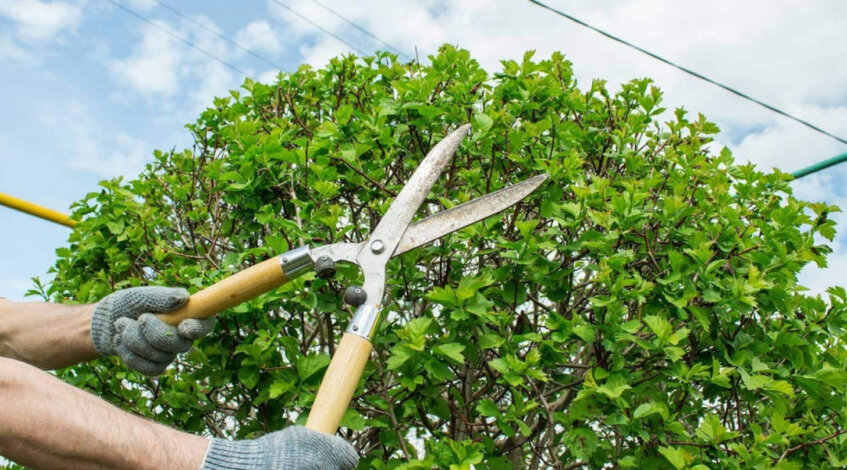Introduction
Tree trimming is a vital task that not only ensures the safety of the people living around the trees but also takes care of the health and aesthetics of the tree itself. Given the rich biodiversity of Canada, the process can be a bit different in various regions. The task is not as simple as it may initially appear. That’s why we’ve put together this expert guide with tips and tricks covering all aspects of tree trimming in Canada. So whether you’re a homeowner who wants to keep your backyard in shape or a professional gardener, this guide will answer your queries about tree trimming.
Understanding the Why
The first aspect that we need to clarify is when and why you need to trim or prune your trees. Trimming generally refers to removal of overgrown branches from mature trees, improving their shape and growing conditions. It’s rather like giving your tree a haircut. Pruning, on the other hand, particularly focuses on the tree’s overall health, including preventing the spread of disease and pests.
In Canada, the best time for trimming or pruning is late winter or early spring, just before new growth starts. However, in case of diseased or damaged limbs, don’t wait for the season—prune them immediately to prevent the further spread of disease.
Getting the Right Tools
Equipping yourself with the right tools is the prerequisite for any successful tree trimming activity. Essential tools include hand pruners for smaller branches, loppers for larger ones, and a pruning saw for significant tree limbs. Besides, pole pruners are highly effective for reaching heights without a ladder. Always ensure the tools are clean, sharp, and in good condition, as dull or rusty equipment can harm the tree and make the job much harder.
Safety Prioritization
Safety should be your utmost priority. You should always wear safety gear, including protective eyewear, sturdy gloves, and non-slip footwear. Avoid trimming trees during strong winds or severe weather conditions—this can increase the risk of accidents. Moreover, be extra careful when working around power lines.
Proper Tree Trimming Techniques
Ensuring the proper techniques when trimming trees will protect the tree’s health and longevity. Here are a few tips:
– Make sure to cut at the branch collar – the base of the branch. Cutting too close to the trunk can damage the tree and delay the healing process.
– When trimming thick branches, use a three-part cutting approach: make an undercut about a third of the way through the branch about 18 inches out from the trunk. Then, make a top cut a couple of inches further out from the undercut until the branch falls. Finally, remove the stub that is left.
– Never trim more than 1/4th of a tree’s branches at once to avoid causing undue stress to the tree.
Hiring a Professional Arborist
Sometimes, for large or complex trimming tasks, hiring a professional arborist can be the best option. They can provide a wealth of expertise and ensure the tree trimming is done safely and effectively. Check their reputation, certifications and ask for references to ensure you hire an experienced and reputable professional.
Conclusion
Tree trimming plays an essential role in maintaining the aesthetic and health aspect of the trees around your surroundings. It should be carried out with the utmost care and precision, ensuring the safety of all involved. Remember that every tree is unique and considerations such as species, age, and location will affect your approach. Armed with these expert tips and tricks, we hope you feel prepared to tackle all aspects of tree trimming in Canada. Amidst all these, if it looks overwhelming, hiring a professional arborist is a wise decision. When it comes to the world of plants, sustainable practices and knowledgeable care will always yield results. Happy Trimming!

